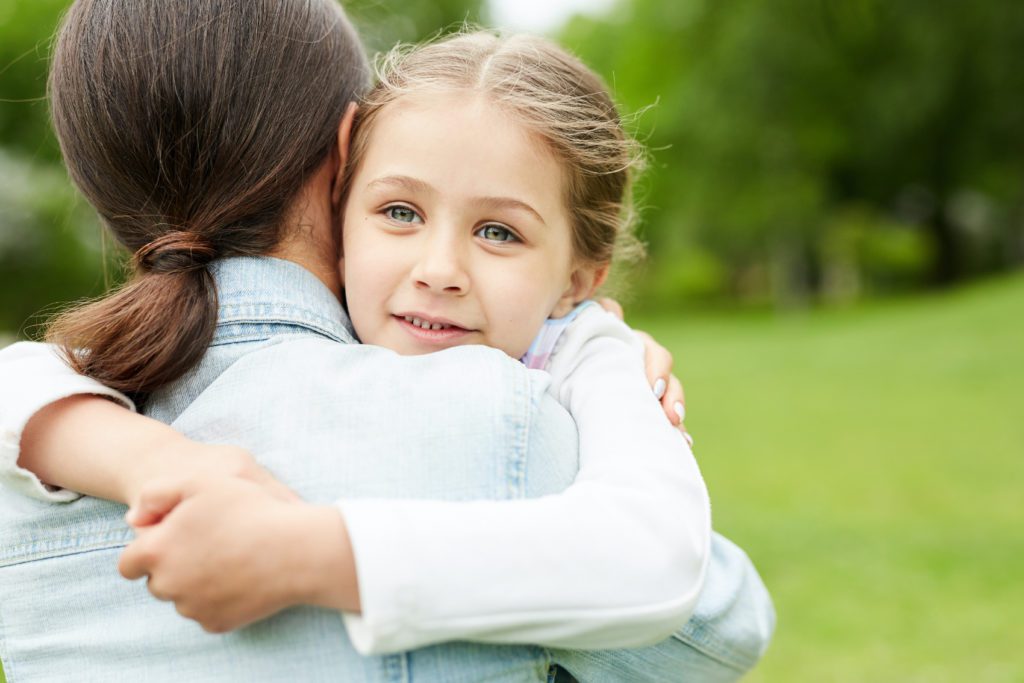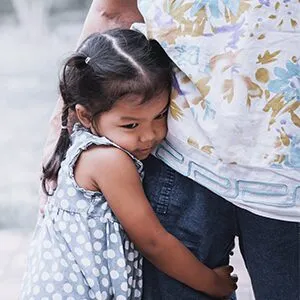Extending Empathy to Families Experiencing Trauma


Over 3,000 people joined us as we began our 4-part webinar series focused on trauma-informed care and instruction. 3,000! Attendance like that for a webinar on a Wednesday afternoon confirms what so many of us already knew—the effect of trauma on children is at the forefront of our hearts and minds as we navigate the impacts of this past year and consider how best to support children and families. Teaching Strategies Vice Chair of the Board and Noni Educational Solutions co-founder, Kai-leé Berke, joined me to begin the conversation and share her knowledge of the history, research, and statistics about adverse childhood experiences (ACEs), helping raise awareness of the magnitude of their impact on children. I was blown away at the openness of our colleagues in the field to share their stories, concerns, and positive messages to bring about change. Thank you to all who shared.
As we continue this important conversation, I next wanted to turn to a more focused discussion around how to best engage with and support families experiencing trauma. In our second webinar, we were joined by Janet Pozmantier, whose role as Founding Director, Center for School Behavioral Health, Mental Health America of Greater Houston has given her significant exposure to and experience in helping families navigate trauma and its effects.
Just like most of us, Janet herself has suffered trauma in her past. She offered the experience below to begin a conversation we will extend next week on the importance of empathy, communication, and genuinely showing up for those navigating grief and trauma.
When I was 22, my older brother (age 25) died by suicide. Although he was a brilliant, talented young man, he had struggled for a long time with mental health concerns. His death, however, was unexpected and traumatic for my parents and me. Compounding the trauma was the fact that at the time, mental illness and suicide were “in the closet.” There was tremendous stigma, especially around suicide, and I was worried people would think our family was weird and shun us. There was shame within my grief; it was confusing and felt selfish.
Thinking back on how we made it through the initial dark days, what stands out most are three specific details during and after Michael’s funeral. The day he was laid to rest was gray and overcast, and as the eulogy was being delivered, the sun began to peek out. This was not lost on the clergyperson, who spontaneously remarked how this act of nature was a sign our lives would be bright once again.
After the service was over, we returned home, where neighbors and friends brought vast amounts of food to nurture us in body and soul. I remember vividly several ladies bustling around the kitchen with sweat on their brows and smiles on their faces.
But what I will never forget is Mr. K’s hug. Mr. K was a neighbor and family friend who attended the funeral. After the graveside service people came up to express personal condolences—“I’m so sorry for your loss;” “We loved your brother;” “We will miss him.” As Mr. K came through the line, he stood in front of me. He didn’t say anything, but simply looked at me with an empathetic expression, put out his arms, and enveloped me in the most loving embrace I have ever had (still to this day). It was long and warm and I felt comfort, relief, understanding, and love.
I realize now why these three memories are the strongest: they are attached to feelings of hope, acceptance, caring, and love. They may not have known it, but these individuals gave me the tools I needed to start my grief journey toward healing: hope that life will get better, the importance of offering nonjudgmental care to others, and the knowledge that simple gestures of love (a hug!) can illuminate the path.
In non-pandemic times, we are capable of giving these gifts to family, friends, and the children and families we work with. They don’t take much time or effort and will forever be appreciated by those who have experienced trauma or loss. During the pandemic, while we may not be able to give life-affirming hugs, there are so many other ways we can reach out with empathy.
In this conversation, we explored strategies for extending empathy to families no matter the setting while striving to provide children with as much consistency and security as we possibly can, even if that includes the necessity of seeking out the expertise and support of other professionals in your community.
